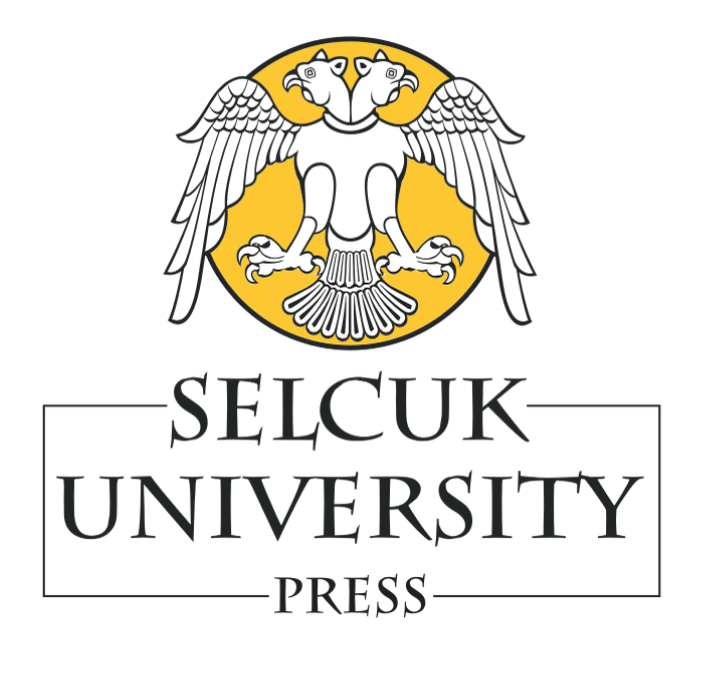| 2020, Cilt 36, Sayı 5, Sayfa(lar) 099-105 |
| [ Türkçe Özet ] [ PDF ] [ Benzer Makaleler ] |
| Animal coronaviruses, interspecies transmission and zoonotic potential |
| Seval Bilge Dağalp1, İlker Şahinkesen1, Ali Rıza Babaoğlu2, Fırat Doğan3, Enes Arda Arslan4 |
| 1Ankara Üniversitesi Veteriner Fakültesi Viroloji Anabilim Dalı, Ankara, Türkiye 2Van Yüzüncü Yıl Üniversitesi Veteriner Fakültesi Viroloji Anabilim Dalı, Van, Türkiye 3Hatay Mustafa Kemal Üniversitesi Veteriner Fakültesi Viroloji Anabilim Dalı, Hatay, Türkiye 4Ankara Üniversitesi Veteriner Fakültesi, Ankara, Türkiye |
| Keywords: Bat, coronavirus, COVID-19, SARS-CoV-2, zoonoz |
| Downloaded:1049 - Viewed: 3312 |
|
Coronaviruses (CoV) are known to be important pathogens of humans
and vertebrates. These viruses can cause respiratory, gastrointestinal
and central nervous system infections in humans, animals,
birds, bats, mice and many wild animals. Lung-related forms such
as bronchitis and pneumonia are more severe than a mild cold-like
clinical feature in humans. After the SARS epidemics in 2002 and
MERS in 2012, the possibility of CoV transmission from animals
to humans (zoonotic CoVs) has been proven. In December 2019, a
pneumonia epidemic that started in Wuhan, China and whose cause
is unknown, spread worldwide. In January 2020, this virus was identified
as the new type of Coronavirus 2019 (nCoV-19) by the World
Health Organization (WHO), and in February 2020, the World Health
Organization (WHO) declared this epidemic a global emergency, and
coronavirus disease 2019 (COVID-19) as explained. In this epidemic,
thousands of seriously ill patients die every day due to the lack of
specific antiviral treatment and inadequate clinical treatment. The
high rate of nucleotide change and recombination of CoVs in recent
years has been accelerating largely due to factors such as population,
urbanization and modern agriculture and animal husbandry
practices. These factors facilitated inter-species mixing and crossing
species barriers and led to genomic recombination of CoVs. An effective
way to prevent viral zoonotic infections is to protect barriers
between natural reservoirs and human society, taking into account
the concept of "one health".
|
| [ Türkçe Özet ] [ PDF ] [ Benzer Makaleler ] |





